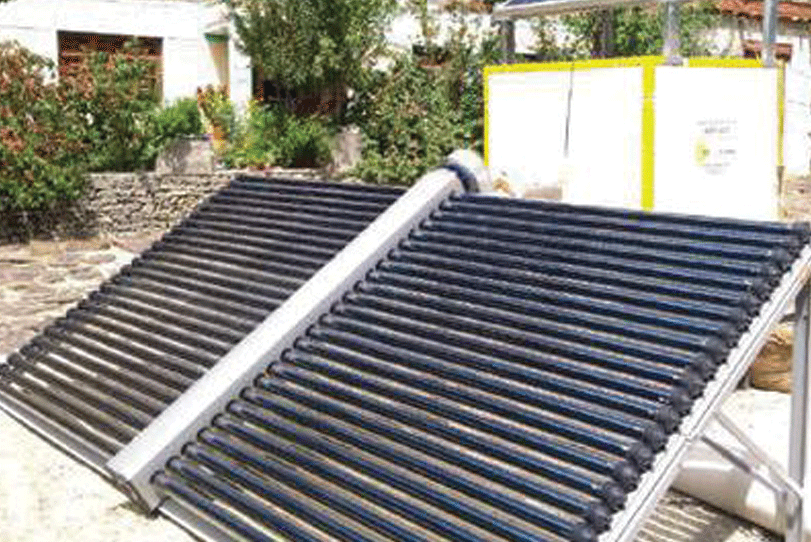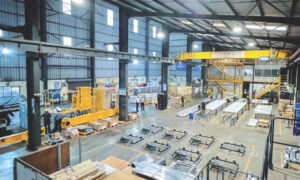71.4% of emissions due to space heating in the Indian Himalayan Region is contributed by states of Himachal Pradesh, Uttarakhand, and Jammu and Kashmir, according to new report by WWF India and TERI.
Sustainable space heating systems can bring down CO2 emissions by 30 percent in the Indian Himalayan Region (IHR) by 2030 reveals the latest study by WWF India (World Wide Fund for Nature) and The Energy and Resources Institute (TERI).
The report titled “Sustainable Space Heating Solutions in the Himalayan Region” highlights that about 78 per cent of the total emissions in the IHR are from space heating in residential dwellings in rural areas of the region, with 71.4 percent attributed to the northern states of Himachal Pradesh, Uttarakhand, and Jammu and Kashmir.
The Indian Himalayas are one of the most ecologically fragile regions in the world. Given its cold climatic conditions and unavailability of regular source of power and limited financial capacity of local communities, people in the IHR often resort to fuel wood to provide thermal comfort in their built environment. The traditional space heating mechanisms not only contribute to the increasing emissions of the region but also lead to degradation of natural resources and adversely impact the health of people residing in these areas.
The report highlights the possibility of a reduction of CO2 emissions from space heating in the Himalayas from the projected 17.8 MT by 2030 under a business as usual (BAU) scenario to 12.3 MT through the use of efficient technologies. “Currently the emissions from space heating for the year 2020 stand at approximately 15.9 million (MT) of CO2, for the entire Himalayan region, equivalent to annual emissions generated from about 27 units of 200 MW thermal power plants,” the report said.
The development and deployment of innovative solutions developed by MSMEs thus have a tremendous potential to not only reduce the rising emissions but also decrease indoor air pollution and its associated health hazards. However, limited financial capacities of households and lack of awareness have been identified as the primary barrier to a slower than required transition from traditional fuel wood-based heating to more efficient and clean energy-based sustainable space heating technologies despite their availability.
Speaking on the issue, Dr. Sejal Worah, Programme Director, WWF India says, “The Himalayas are a very heterogeneous region and the space heating solutions have to be designed to be responsive to both community needs and the ecological fragility of the region. Sustainable space heating systems can greatly improve the comfort and well-being of people, reduce impacts on natural resources and address the global issue of climate change from increasing emissions. While there is no dearth of innovation in this space, the challenge lies in the reach and uptake of these solutions in these regions.”
The report highlights the role of MSMEs, innovators and start-ups in developing and mainstreaming sustainable technologies. It also identifies inadequate access to capital and skilled workforce, along with dense legislation and statutory compliance as barriers to this transition. If implemented well, the use of new technologies can supplement the pace in achieving the target of emissions intensity reduction of India’s GDP by 33–35 percent from 2005 levels by 2030
Cookie Consent
We use cookies to personalize your experience. By continuing to visit this website you agree to our Terms & Conditions, Privacy Policy and Cookie Policy.















